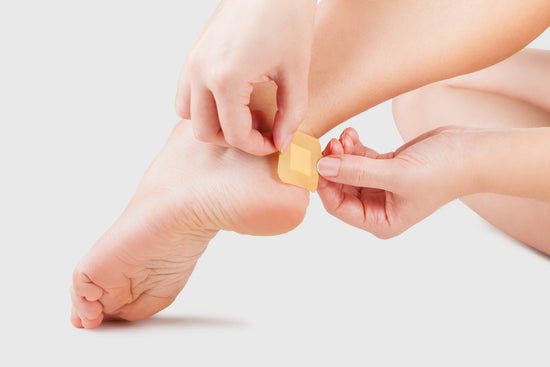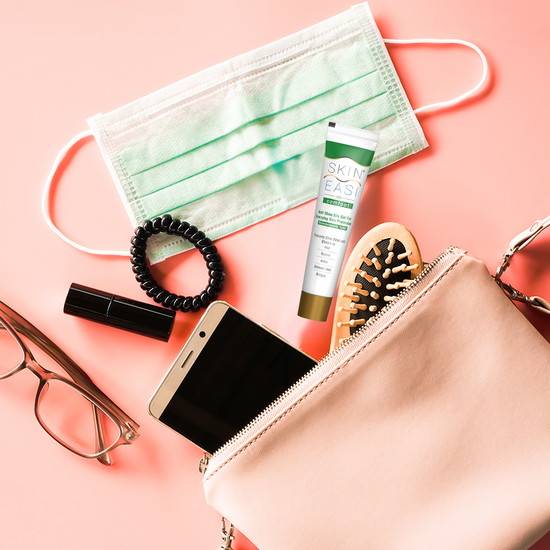Why is stretching important ?

Stretching keeps the muscles flexible, strong, and healthy, and we need that flexibility to maintain a range of motion in the joints. Without it, the muscles shorten and become tight. When you call on the muscles for activity, they are weak and unable to extend all the way. That puts you at a risk for joint pain, strains, and muscle damage.
Some Key Benefits:
-
Increases your flexibility
-
Help your joints move through their full range of motion
-
Improves your performance in physical activities
-
Increases blood flow to your muscles
-
Improves your posture
-
Helps to heal and prevent back pain
-
Stretching may decrease your risk of injury.
-
Stretching helps calm your body after exercise.
The most common forms of stretches:
- Static stretches involve holding a stretch in a comfortable position for a period of time, typically between 10 and 30 seconds. This form of stretching is most beneficial after you exercise.
- Dynamic stretches are active movements that cause your muscles to stretch, but the stretch is not held in the end position. These stretches are usually done before exercise to get your muscles ready for movement.

How to avoid cramps while exercise/Workouts
Muscle cramp is a temporary but intense and painful involuntary contraction of skeletal muscle that can occur in many different situations. The causes of, and cures for, the cramps that occur during or soon after exercise remain uncertain, although there is evidence that some cases may be associated with disturbances of water and salt balance.
Steps to prevent Muscular Cramps:
- Try Reducing Fatigue. If you are overloading your training workouts you end up having cramps badly. So, make sure you have proper training load every week.
- Improper Form while running can lead to Cramping So make sure you have done gait Analysis for running and do proper bike fit for cycling to avoid cramps.
- Add Electrolyte in your workouts.
- Thorough warm-ups prior to cramp-inducing activities.
- Consume the right amount of fluids for your body to prevent dehydration.
- Acclimate yourself to the environment.
- Prevent carbohydrate depletion by consuming carbohydrates before your workout and during your workout if it is longer than 60 to 90 minutes.
- Sports massage and stretching of the affected muscles.
- Acupuncture
- Mental relaxation techniques.

Common injuries while Running and Jogging-
- Blisters – caused by the foot sliding or rubbing inside the shoe
- Shin pain – pain and inflammation in the muscles and tendons that run the length of the shin
- Soft tissue injuries – such as a pulled muscle or ligament sprain
- Skin injuries – such as sunburn and bruises. Falling over while running or jogging can cause cuts and abrasions.
- Overtraining – running beyond your current level of fitness can put muscles, tendons and ligaments under strain. Shin pain is a common overuse injury in runners.
- Incorrect technique – poor running style can increase the risk of injuries.
- Incorrect shoes – the wrong type of shoe can increase the risk of various injuries, including blisters and shin pain.
- Incorrect clothing – wearing the wrong clothes can contribute to overheating, sunburn or cold injuries.
- Hard surfaces – the impact of running on hard surfaces, such as bitumen, can cause injuries including shin pain and stress fractures.
- Other environmental factors – these may include running surfaces that are too loose and unstable (for example, sand), polluted air, environmental obstacles such as low-hanging tree branches, or sunburn.
- Warm up before running. Include plenty of slow and sustained stretches. Make sure you thoroughly stretch the muscles in your thighs and calves.
- Cool down after running. Incorporate stretches into your cool-down routine.
- Drink plenty of water before, during and after your run.
- Don’t push too hard beyond your current level of fitness. Plan to gradually increase how long and how often you run over a few months.
- Start slowly at a pace at which you can have a conversation without breathlessness.
- Avoid running during the hottest part of the day in summer. Plan to run during the morning or evening.
- Wear layers of clothing on your upper body to avoid overheating. Wear loose cotton clothing.
- Consider having a regular professional massage to relax tight, sore muscles.
Authored by : Amey Patankar
Triathlete | Ironman | Ultra runner | Ultra swimmer





